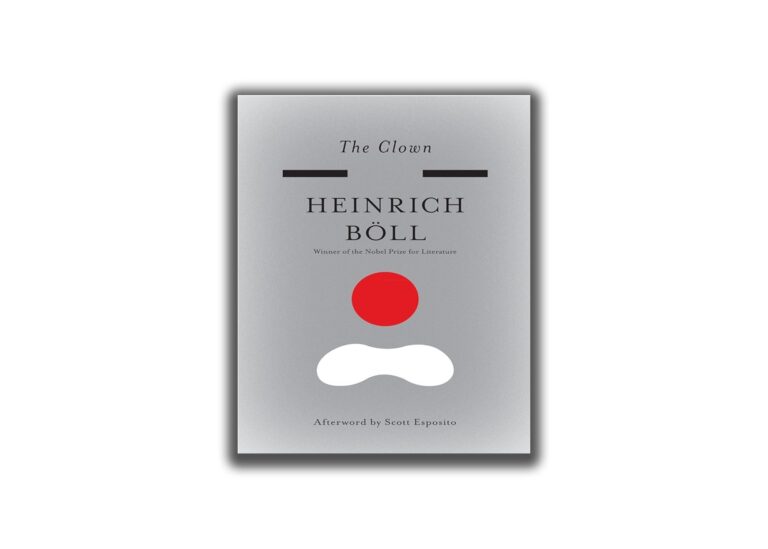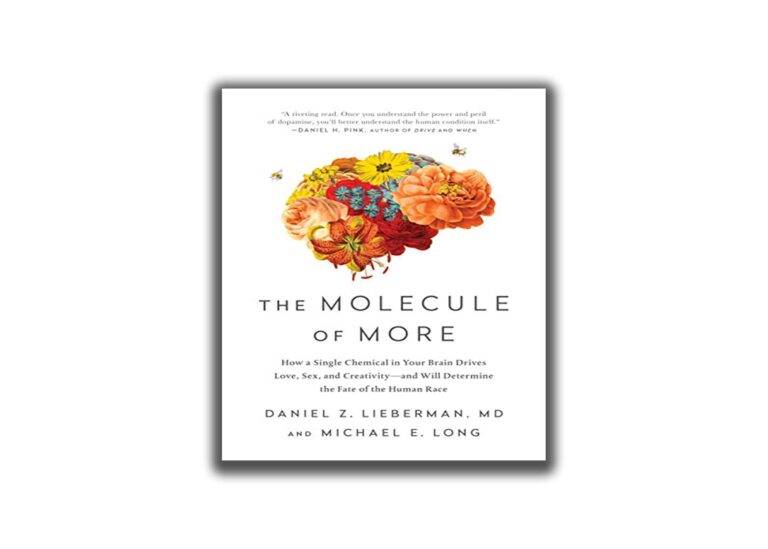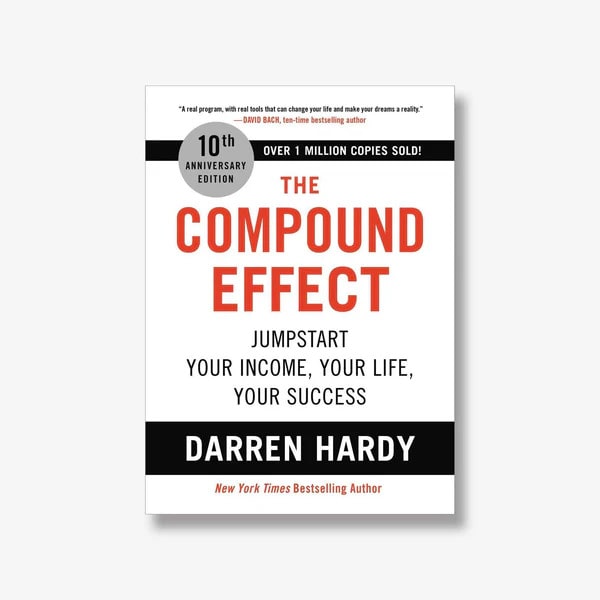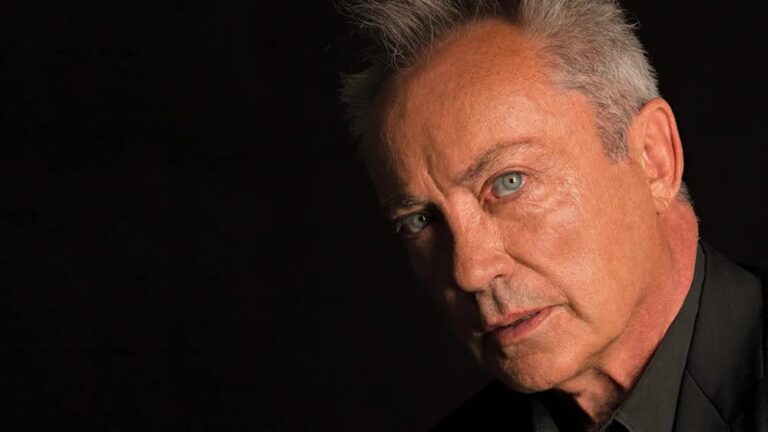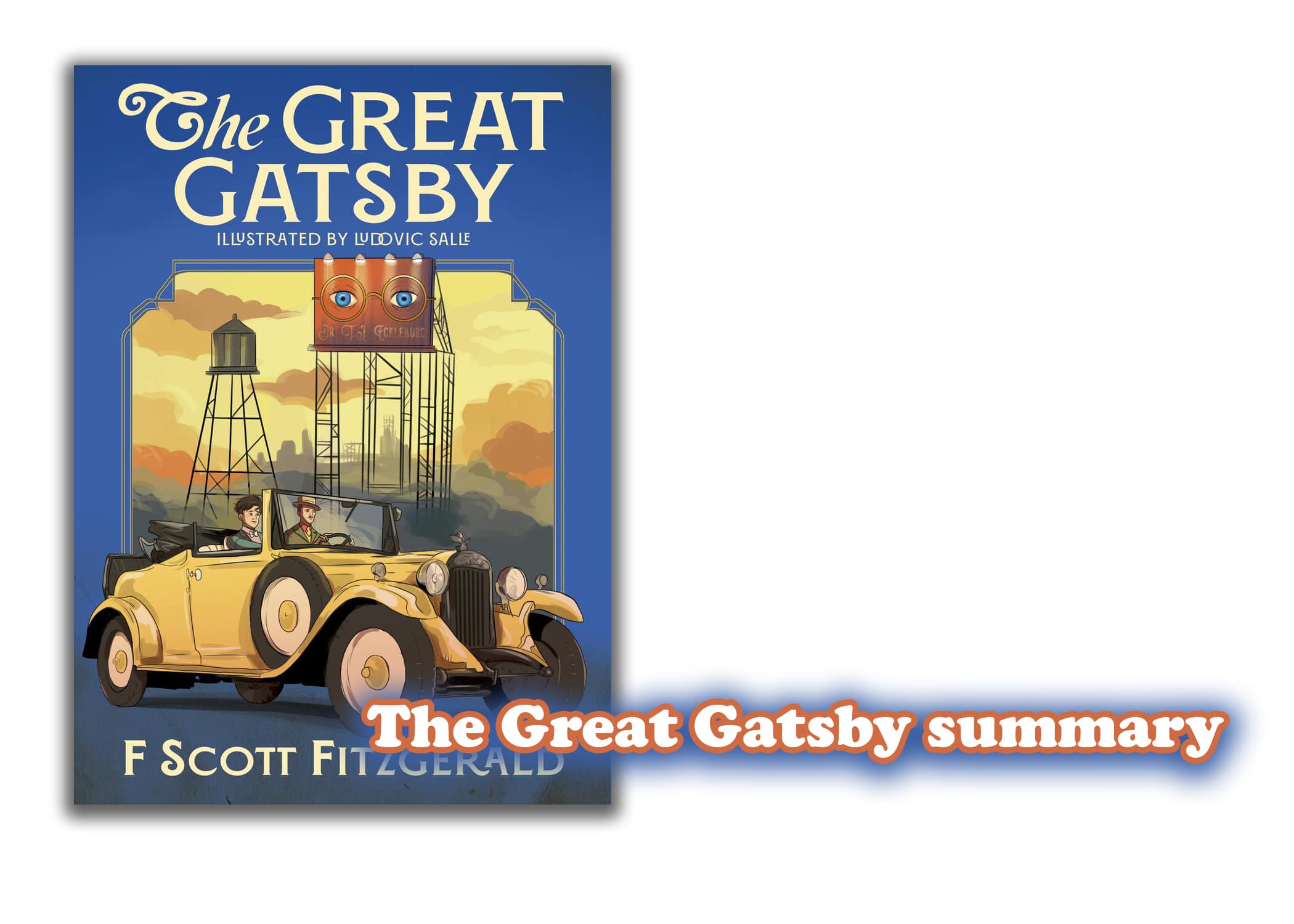
he Great Gatsby Summary
The Great Gatsby Summary: Love, Wealth, and the Illusion of the American Dream
The Great Gatsby is one of the most famous novels in American literature, written by F. Scott Fitzgerald in 1925. Set in the glamorous yet hollow world of the Roaring Twenties, the story explores love, wealth, betrayal, and the illusion of the American Dream. It’s not just a story about a man chasing a woman—it’s about a man chasing an ideal. The novel is both beautiful and tragic, capturing the glittering surface of 1920s America and the darkness underneath
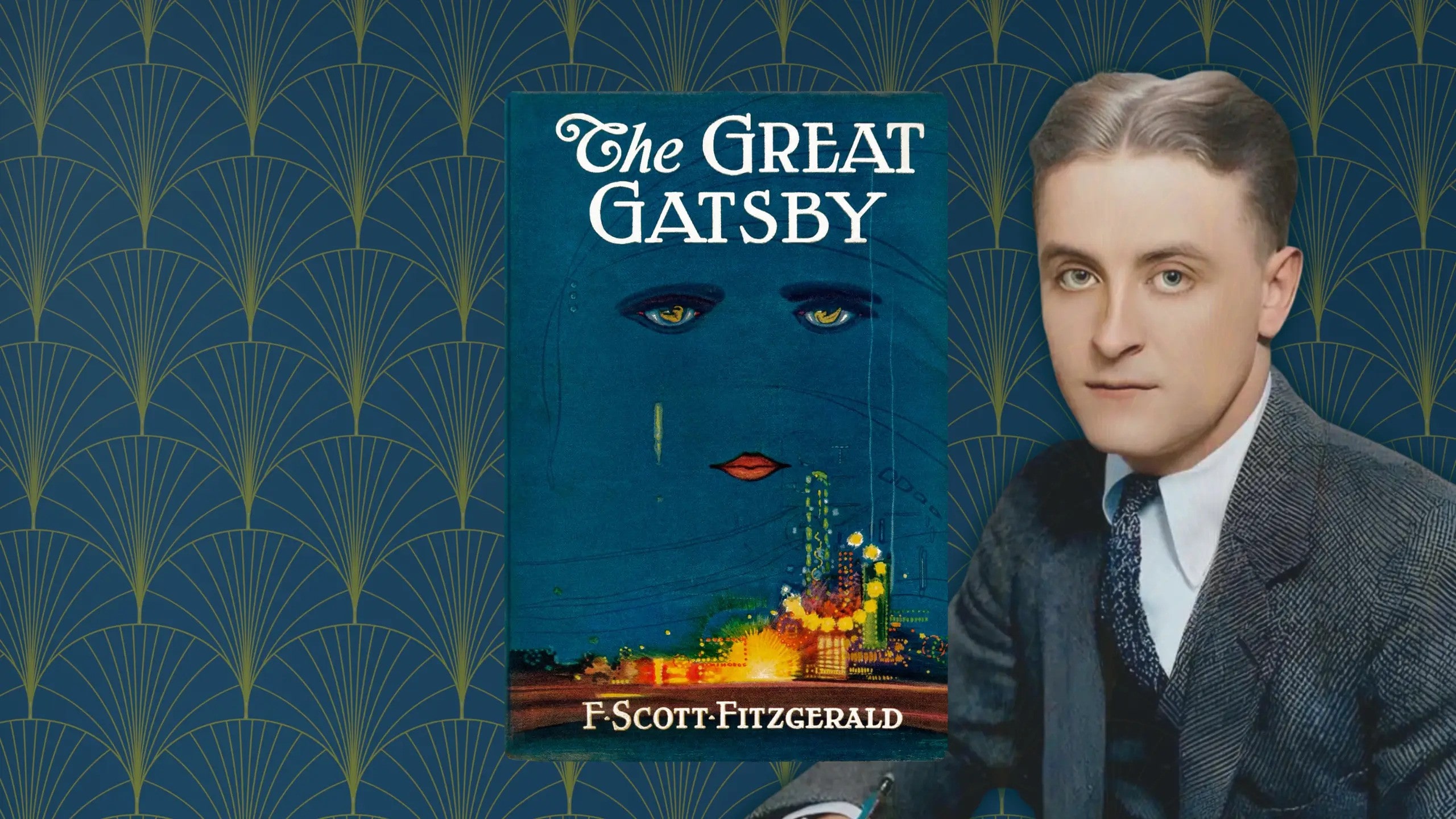
Main Characters
Before diving into the plot, let’s meet the key characters:
- Jay Gatsby: A mysterious millionaire known for his lavish parties. He’s charming, romantic, and deeply obsessed with Daisy Buchanan
- Daisy Buchanan: Gatsby’s old love and a symbol of beauty and wealth. She’s married to Tom but still holds a special place in Gatsby’s heart
- Tom Buchanan: Daisy’s wealthy, arrogant husband who represents the old money elite
- Nick Carraway: The narrator of the story, a Yale graduate and bond salesman who moves to West Egg. He’s Gatsby’s neighbor and cousin to Daisy
- Jordan Baker: A professional golfer and Daisy’s friend, known for her independence and dishonesty
-
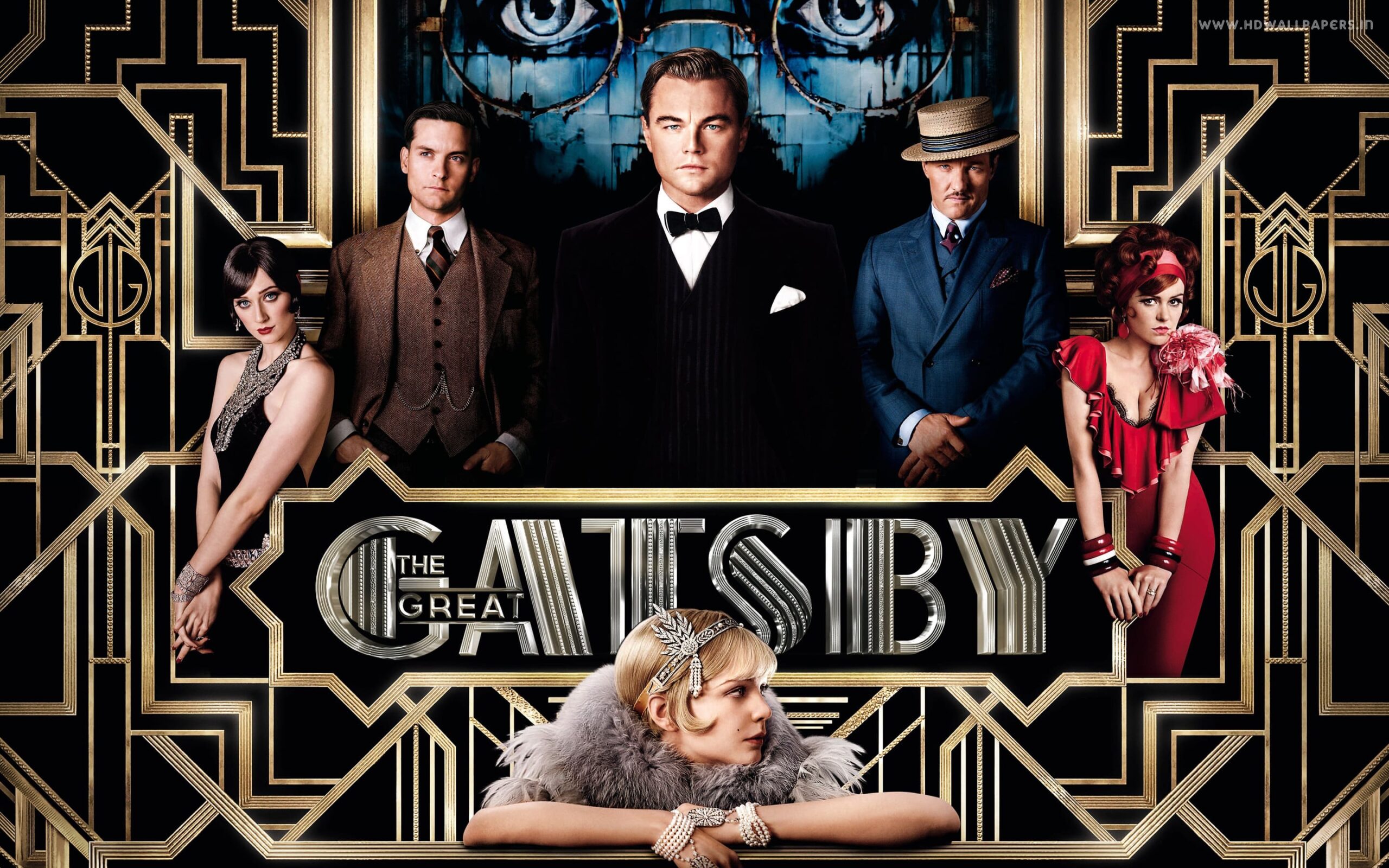
he Great Gatsby Summary
Plot Summary
1. Nick Moves to West Egg
The story begins in the summer of 1922. Nick Carraway, a young man from the Midwest, rents a small house in West Egg, a wealthy area near New York City. His neighbor is the mysterious Jay Gatsby, who throws wild, extravagant parties every weekend, attended by hundreds of people who barely know him
Across the bay lies East Egg, home to the old-money elite — including Nick’s cousin Daisy Buchanan and her husband Tom. While West Egg symbolizes new money and ambition, East Egg represents tradition, status, and privilege
2. Meeting Gatsby’s World
Nick visits the Buchanans one evening and meets Jordan Baker, Daisy’s glamorous friend. He soon learns that Tom is having an affair with Myrtle Wilson, the wife of a mechanic named George Wilson who lives in the “Valley of Ashes,” a bleak industrial area between West Egg and New York City.
Later, Nick receives an invitation to one of Gatsby’s parties — something very few guests actually get. The parties are legendary, full of music, champagne, and strangers gossiping about Gatsby’s mysterious past. Some say he’s a German spy, others think he killed a man.
That night, Nick finally meets Gatsby himself — and is surprised by how polite and unassuming he is. Gatsby calls him “old sport,” a term that becomes his signature phrase.
3. Gatsby’s Dream
As Nick and Gatsby become friends, Gatsby reveals that he’s in love with Daisy Buchanan. They met five years earlier when Gatsby was a young soldier, but Daisy married Tom while Gatsby was away
Ever since then, Gatsby has dedicated his life to winning Daisy back. He bought his mansion across the bay just to be near her. Every party he throws, every business deal he makes — it’s all for her
Gatsby asks Nick to arrange a meeting with Daisy. When they reunite, the moment is emotional and awkward at first, but soon the spark between them reignites. Gatsby begins to believe that he can recreate the past — that Daisy will leave Tom and start over with him
4. Tension and Conflict
As the summer goes on, Daisy and Gatsby grow closer. They drive around, spend afternoons together, and try to hide their affair from Tom. But Tom isn’t blind — he senses something is going on
One day, they all drive to New York City to confront the tension head-on. In a hotel suite, Tom openly accuses Gatsby of trying to steal his wife. He mocks Gatsby’s background, calling him “new money” and questioning his shady business dealings
The argument reaches its peak when Daisy wavers — she can’t fully deny that she once loved Tom. Gatsby is devastated. He realizes that Daisy’s love isn’t as pure or strong as he imagined.
5. The Tragic Accident
On the drive back from New York, Daisy is behind the wheel of Gatsby’s yellow car, with Gatsby beside her. Distraught and emotional, she accidentally hits and kills Myrtle Wilson, who runs into the road after an argument with her husband
Gatsby decides to take the blame for Daisy. He loves her so deeply that he’s willing to destroy himself to protect her. But Daisy doesn’t stand by him. She retreats into her luxurious home with Tom, leaving Gatsby alone
6. Gatsby’s Death
The next day, George Wilson, heartbroken and angry, is told by Tom that the yellow car belongs to Gatsby. Believing Gatsby killed his wife, George goes to Gatsby’s mansion and shoots him before turning the gun on himself
Nick finds Gatsby dead in his pool, waiting for a phone call that never came. Daisy never sends flowers or even attends the funeral. Only a handful of people show up — including Nick, Gatsby’s father, and a few servants
7. The Aftermath
After Gatsby’s death, Nick feels disgusted with the shallow, careless world of East Egg. He realizes that Tom and Daisy are “careless people” — they destroy things and retreat into their wealth, leaving others to clean up the mess
Nick ends the summer feeling lonely and disillusioned. He decides to return to the Midwest, where life feels more honest and real
Before leaving, he reflects on Gatsby’s incredible hope and idealism. Gatsby believed in the green light — the shining beacon across the bay, symbolizing Daisy, his dream, and the future. But in the end, that dream was unattainable
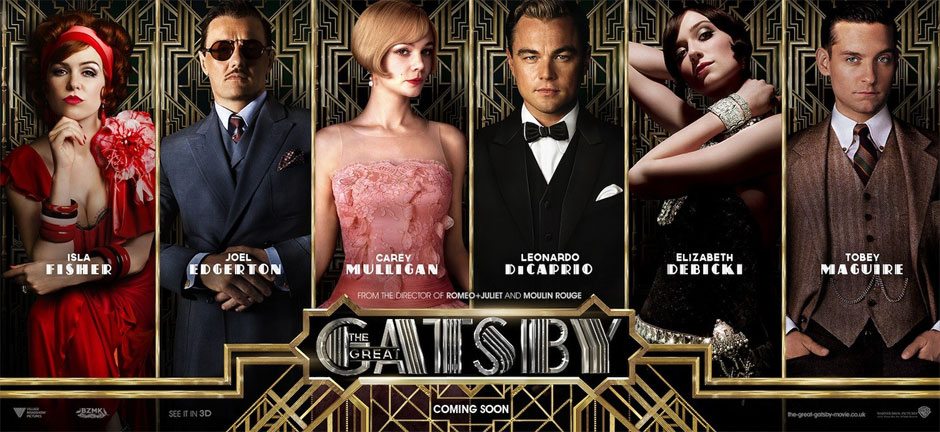
Themes and Symbolism
- The American Dream – Gatsby’s rise from poverty to wealth represents the American Dream, but Fitzgerald shows how that dream has become corrupted by greed and materialism
- Love and Illusion – Gatsby’s love for Daisy is built more on fantasy than reality. He loves who she represents, not who she truly is
- Wealth and Class – The novel explores the difference between “old money” (Tom and Daisy) and “new money” (Gatsby). Despite Gatsby’s riches, he’s never accepted by the elite
- The Green Light – A powerful symbol of hope and the future. It represents Gatsby’s dream — something always out of reach
- Moral Decay – Behind the glittering parties lies moral emptiness, showing the dark side of the Jazz Age
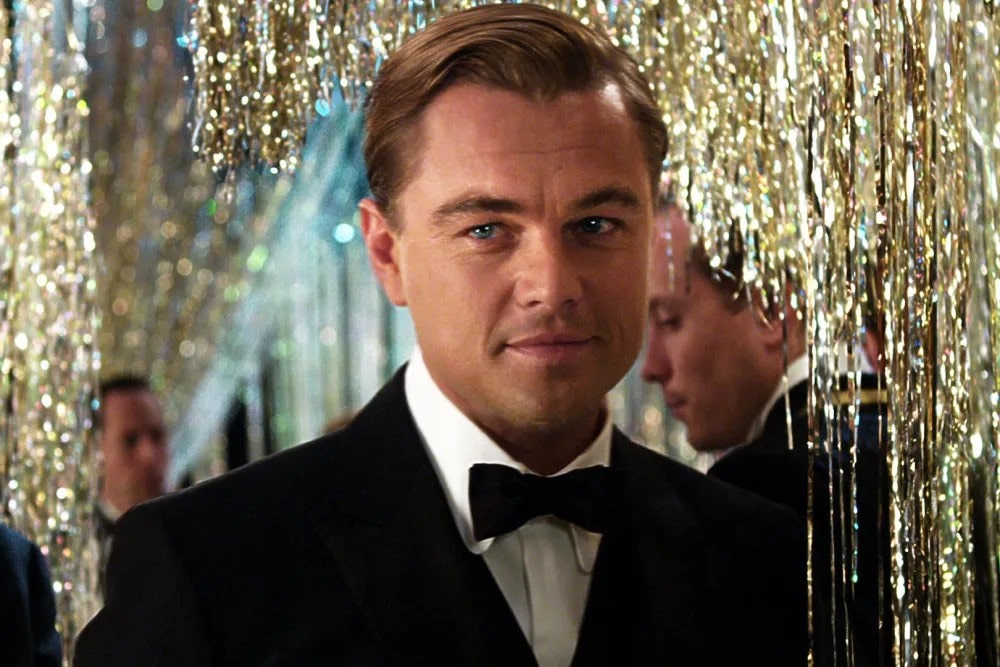
Conclusion
The Great Gatsby is more than a tragic love story — it’s a reflection of a society obsessed with wealth, status, and illusion
Gatsby’s downfall reminds us that no amount of money can buy love or rewrite the past. He believed in the dream too deeply, and it ultimately destroyed him
Even so, Gatsby’s hope — his belief in a better tomorrow — remains inspiring. As Nick says in the final lines:
“So we beat on, boats against the current, borne back ceaselessly into the past”
Final Thoughts
The Great Gatsby continues to fascinate readers because it speaks to something timeless: our desire for success, love, and happiness — and the painful realization that some dreams, no matter how brightly they shine, will always remain just out of reach.
In this article from How2, we reviewed the famous novel The Great Gatsby. Of course, this book is reminiscent of the fascinating film The Great Gatsby starring Leonardo DiCaprio. In this article, we tried to share some images from this fascinating film with you. We hope you enjoyed this article. For more articles, visit our newsletter section.
To support us, just introduce us to your friends by sharing this article on social networks.
To contact us, just share your opinions via comments or leave a message on the contact us page.
